
Coyote
Coyote
Coyote
Have you ever heard of coyotes, a canine animal that lives from north to central America? Some people may know the name because it sometimes appears in animal programs and American anime works. The coyote, with its look and face reminiscent of that of a wolf and a fox, is very adaptable and is still expanding its habitat, which is rare for a wild canidae. Let's take a sneak peek at what characteristics and secrets coyotes have in this article!
Coyote Basic Infomation
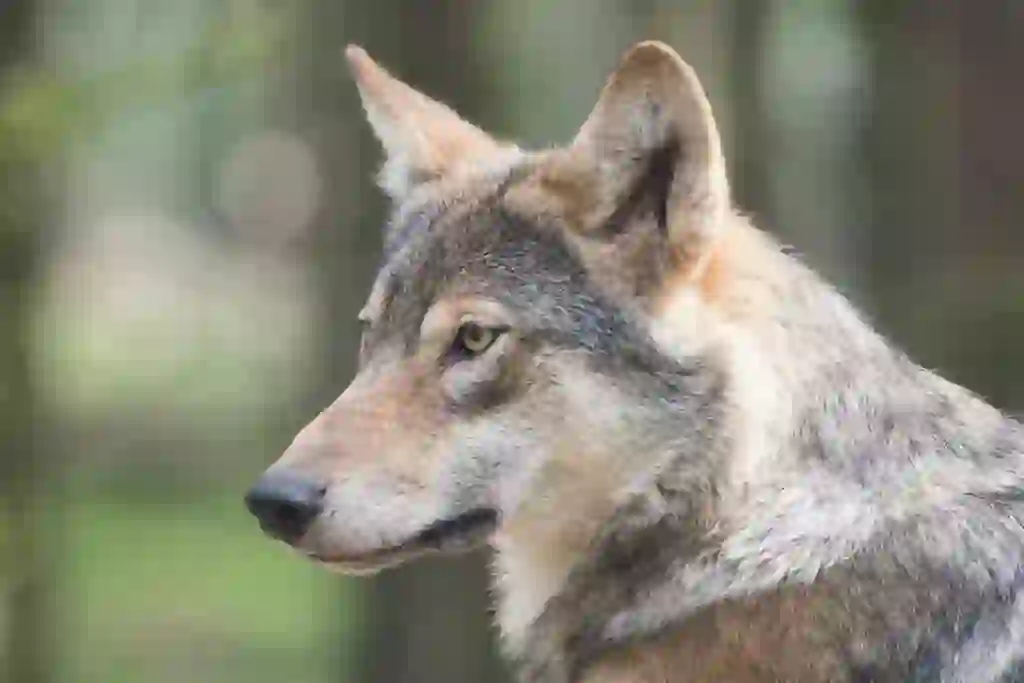
Mammalia-Carnivora-Canidae-Canine genus.
Length:75~100cm. Weight:male 8~20Kg female 7~18Kg.
The habitat of coyotes is very wide, ranging from North America to Central America.Originally, they lived only in the grasslands and deserts in the western part of the United States, but since their natural enemies, wolves and pumas, were exterminated by humans, and they are adaptable enough to live in a big city like Los Angeles, they are still expanding their habitat.
Coyotes basically live in pairs of males and females, or in pairs-based families, or alone.The breeding season is from January to March, and after about 22 months of age, they reach sexual maturity and give birth to five to six children after a gestation period of about 63 days.
Coyotes are carnivores, but they are highly omnivorous carnivores.Basically, coyotes often catch small animals and birds such as prairie dogs, rabbits, and rats on their own, but sometimes they work together in packs to catch large animals such as deer.
In addition to mammals and birds, they eat frogs, lizards, crayfish, insects, fruits, grasses, and anything else you can get your hands on.
Coyote, which eats dead meat such as deer and wapichi and comes to the city to scavenge for garbage, also plays a role as a cleaner in the natural world.
Coyote Q&A

What is the origin of the name coyote?
The name "coyote" is said to have originated from the word "coyote" of the Aztecs, the indigenous people of Mexico. This word has the meaning of "barking dog" and represents the habit of coyotes that bark often.
The scientific name of the coyote is written in Latin as "Canis latrans", but the word "latrans" means "howl" and the scientific name means "roaring dog".
Considering that both the English name and the scientific name have the same meaning, we can see that coyotes bark a lot, and that coyotes and squeakers are inseparable.
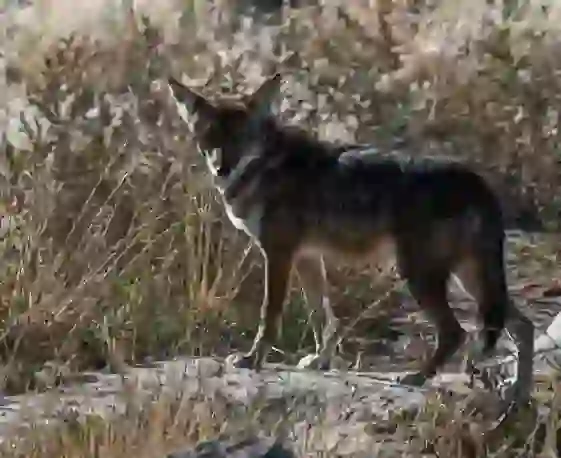
What is the difference between a coyote and a wolf?
Coyotes and wolves are members of the same canine family and look similar. Coyotes are sometimes also known as "Prairie wolf" but what are the differences between coyotes and wolves?
The first difference between a coyote and a wolf is their body size. Coyotes are 75-100cm long and weigh about 8-20kg for males and 7-18kg for females.The wolf, on the other hand, is 82-160 cm long and weighs 20-80 kg for males and 18-55 kg for females, indicating that the wolf is overwhelmingly larger.
※Here, it refers to the gray wolf.
There is also a difference in what coyotes and wolves eat. Coyotes are highly omnivorous carnivores that eat everything they can get their hands on, including reptiles, amphibians, fish, insects, and plants, in addition to the meat of mammals and birds.
Wolves, on the other hand, are almost entirely carnivores, feeding mainly on large herbivores such as deer, wild boar, and bison.
And if you observe coyotes and wolves carefully, you will find that they have different ears and noses.The coyote's ears are pointy, but the wolf's ears are rounded at the ends. Also, the nose of the coyote is getting thinner little by little, but the nose of the wolf is getting thicker and straighter.
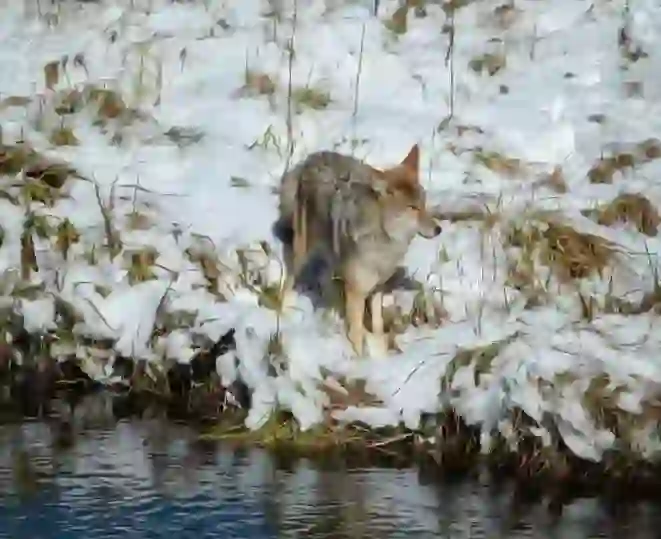
Why do coyotes howl?
The coyote, which has the name "barking dog" barks very well, as the name suggests.
Wolves, another canine animal, are famous for howling, but coyotes also howl just like wolves.Wolves howl only on limited occasions, such as when communicating with their peers or claiming territory, while coyotes howl frequently to claim territory and communicate with their peers.
Also, coyotes howl all year round, but in the U.S., You can hear a chorus of coyotes at dawn and dusk. When one of them starts barking, his friends join in one after another and keep barking for a minute or two, and when they take a break, they all start barking again.
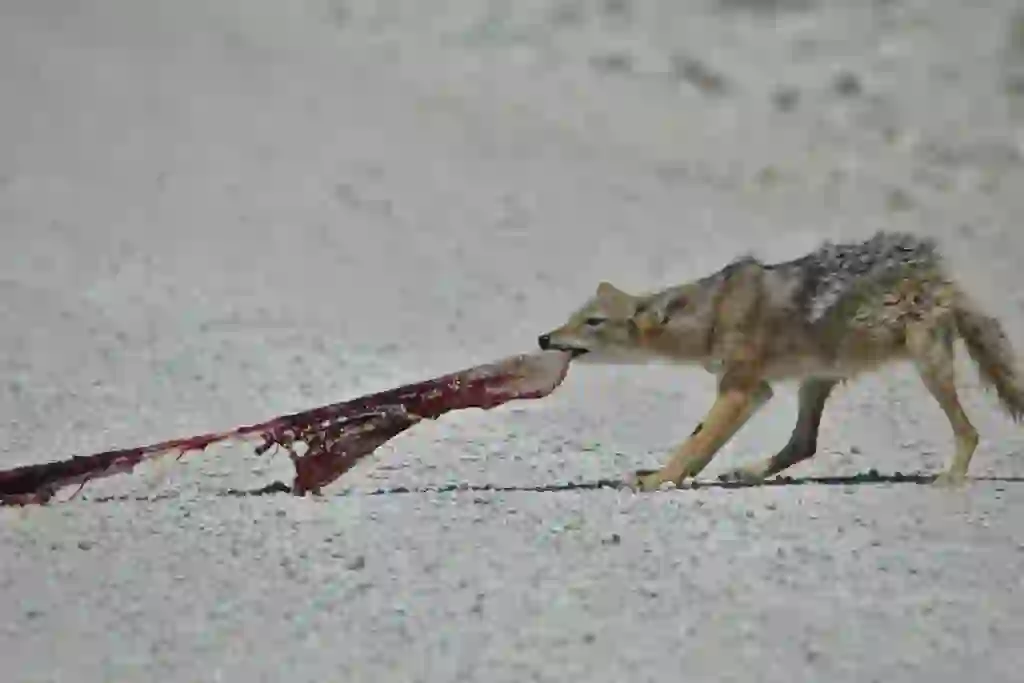
Why are coyotes said to be highly adaptable?
Coyotes are considered to be very smart and have the ability to adapt to all environments. Why on earth is that?
First of all, coyotes are carnivores, but they are omnivorous, and they can eat anything they can get at the time and place.In fact, they are also good swimmers, so they sometimes go into the river to catch fish, crayfish, crabs, etc., Or come to the city to eat rats, stray cats, garbage, etc.
Coyotes also act as a basic pair, but are known to change their lifestyle depending on their food and enemy conditions.
Coyotes have the flexibility to change their lifestyle depending on the situation, such as living in packs when there is a lot of food and living alone when there are a lot of natural enemies.
And coyotes have the mysterious ability to increase the number of children they give birth to at one time when their population is greatly reduced due to hunting and extermination.
Coyotes usually give birth to five to six children at a time, but as the population decreases, they are able to give birth to as many as twelve to sixteen children at a time. That's why even if you catch a lot of coyotes, they will already be back to their original numbers the next year.

Can coyotes be kept as pets?
Coyotes are about the size of a medium-sized dog, but can they be kept as pets?
Different countries have different laws, and it is not possible to say that coyotes cannot be bred in general, so this time I would like to introduce whether or not coyotes can be bred in Japan.
In conclusion, coyote breeding is prohibited in Japan. This is because they are designated by Japanese law as "specified animals" that may pose a danger to human life and property.
However, even without these restrictions, it would be difficult to keep a noisy and frequently barking coyote.
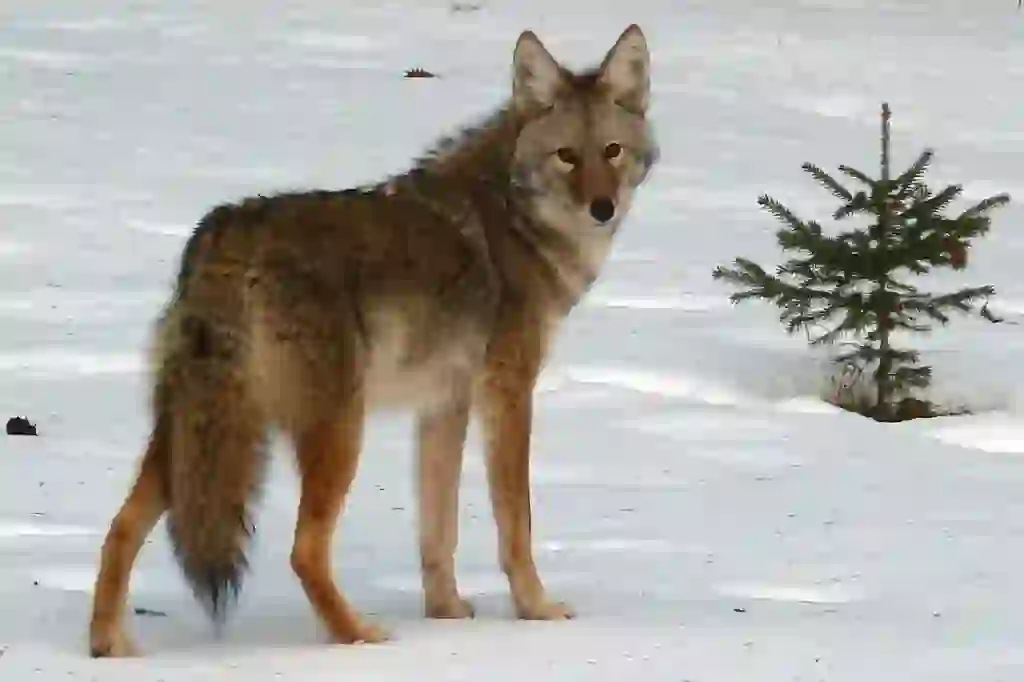
Do coyotes attack humans?
Coyotes were originally thought to be very cowardly animals and would not attack humans. Although coyotes have actually attacked livestock, poultry, and pets, almost no fatal accidents have occurred.
However, in 2009, a tragic accident occurred when a folk singer named "Taylor Mitchell" was attacked and killed by a coyote while hiking in a national park in Canada.
Since there are no eyewitnesses, the reason why the coyote attacked Taylor is still unknown, but it is still talked about as a case where the coyote was found to have the potential to attack people.
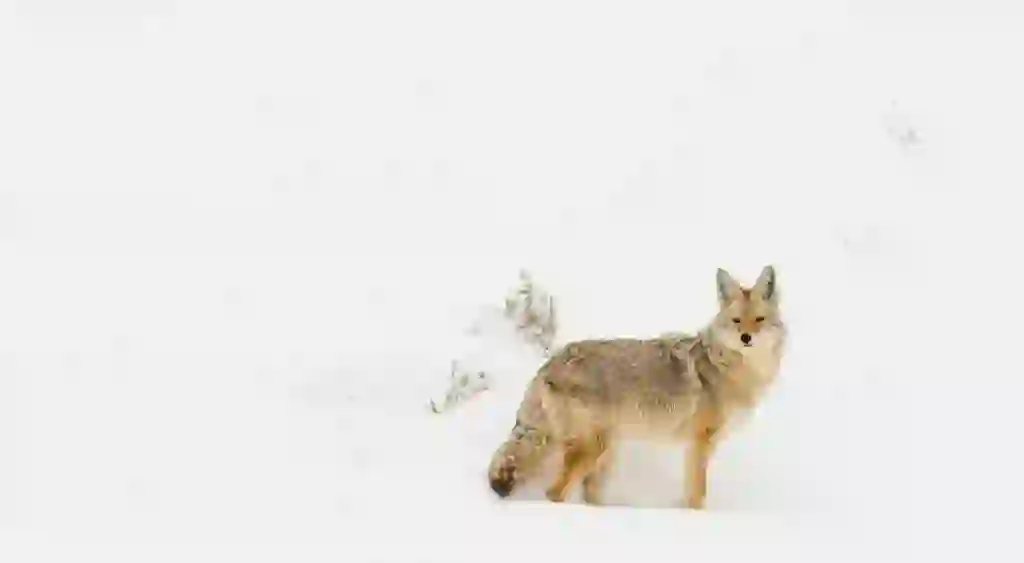
Is it true that some dogs have coyote blood?
Yes, it's true. The child born to a coyote and a dog is called a "coy dog" and some people overseas keep them as pets.
However, this coyote and the dog-blooded coy dog have both the cautiousness of a coyote and the cleverness of a dog, and are more likely to attack livestock than a pure coyote.For this reason, in the U.S., The existence of wild coydogs, which were born between coyotes and stray dogs, has become a problem.
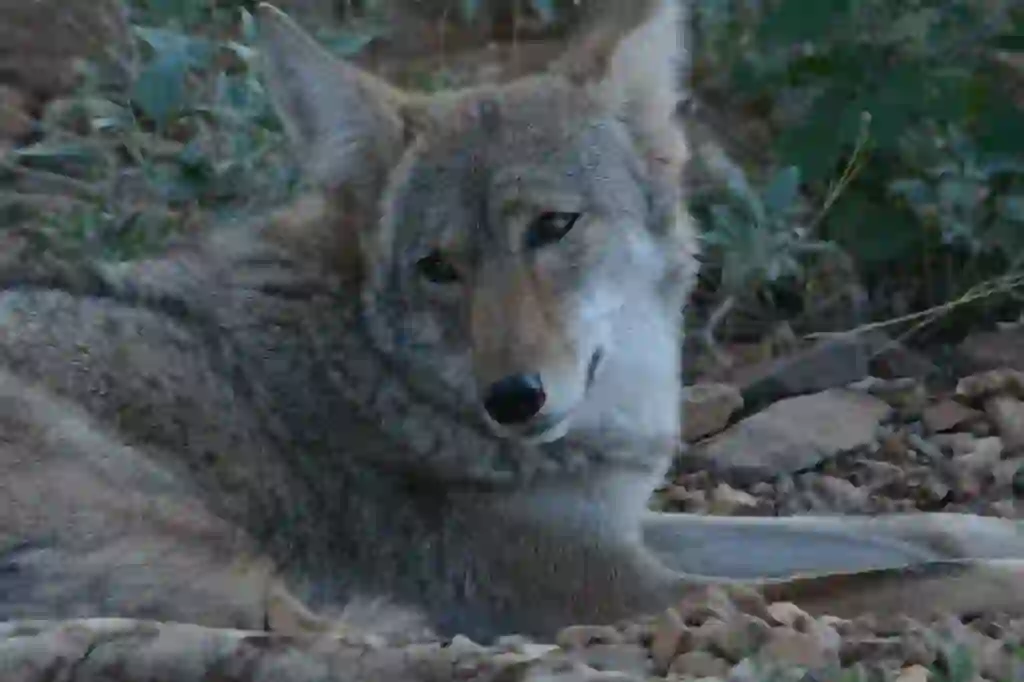
Is it possible to cross a coyote with a wolf?
Yes, it is possible.It is known that coyotes can have children not only with dogs but also with wolves.
In the U.S., In addition to the "gray wolf" there is also the "red wolf" a wolf that is smaller than the gray wolf and larger than the coyote.
The red wolf was originally thought to be an independent species or a subspecies of the gray wolf.
However, in the 1990s, when genetic testing was conducted, the possibility emerged that the red wolf might be a hybrid of the gray wolf and the coyote.
The red wolf has been greatly reduced in number due to habitat destruction and hunting, and has started to hybridize with coyotes, and there was a concern that the pure red wolf would become extinct if this trend continued.
The few remaining individuals were strictly protected, but some people seem to think that if they are a hybrid of the gray wolf and the coyote, there is no such thing as a pure red wolf in the first place, and whether they really need to be protected.
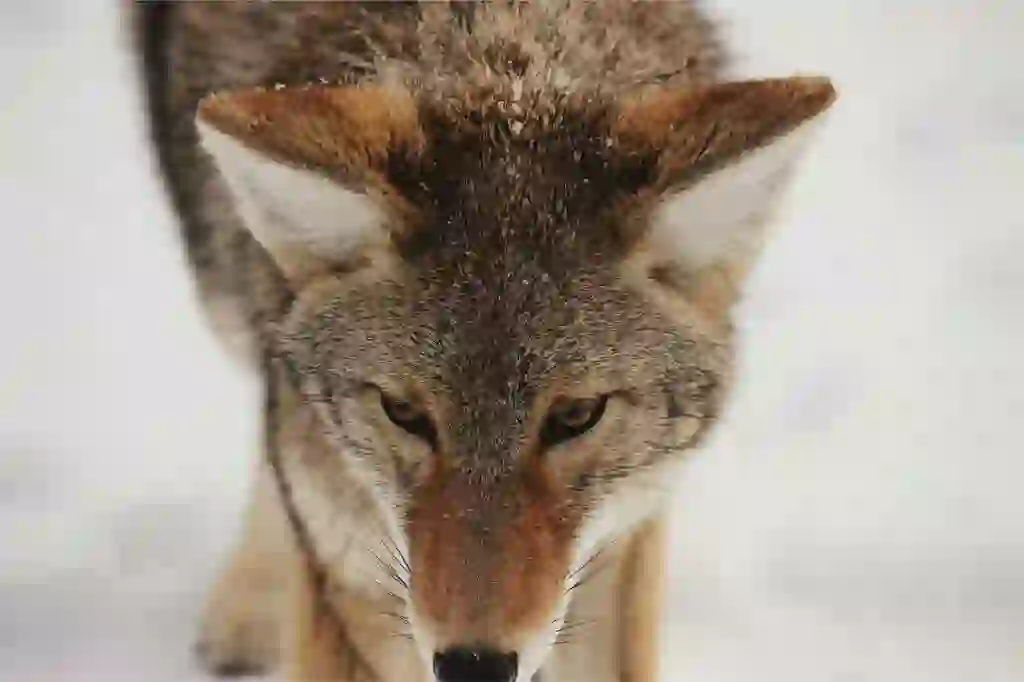
Is it true that coyotes have been persecuted for a long time?
Unfortunately true.In order to know the history of coyotes, you also need to know the history of wolves.
During the pioneer days of the Americas, wolves were very much disliked as animals that attacked humans and livestock.The government, ranchers, and hunters killed the wolves to the bitter end in the name of protecting humans and livestock.
As a result, wolves became extinct in many areas, and livestock were almost never attacked by wolves.
Incidentally, there is a story called "Robo the Wolf King" in a book called "Seaton's Book of Animals" published in Japan, and it is said that this story was created based on the above history.
This trend did not stop with wolves alone, but also had a great impact on coyotes, which are smaller than wolves and less likely to attack cattle and horses.
Coyotes were given the disgraceful name of "livestock killers" who could attack livestock and poultry, and were shot as soon as they were found, using traps and poison to kill them. And between 1947 and 1956, a whopping 6.5 Million coyotes were killed.
What do you think when you learn about the history of persecution of wolves and coyotes?

What enemies do coyotes have?
The enemies of coyotes in the wild are said to be wolves, pumas, and steller's sea eagles.
However, it would not be an exaggeration to say that for coyote, our biggest enemy is us humans.In fact, 400,000 to 500,000 coyotes are still exterminated annually in North America.
Surprisingly, however, the coyotes continue to increase in number and expand their habitat every year even after such a large number of coyotes have been exterminated. It is said that if their habitat continues to expand, coyotes will eventually expand to South America.

Would you like to become a part of the 'Animalbook.jp'?
Turn your knowledge into Q&A and share it with the world. ※Publication will be activated after purchase. Let's share information together!
Coyote Type of List

- Coyote
Information
Congratulations! You are the first commenter!

Create Your Favorite List!
Coyote
Save the animals you love! Build your own list to quickly revisit your favorites later.

Would you like to leave a comment?
※Please note: This is for the purchase of rights to post comments within the article.
Find Your Favorites!
Our shop offers a unique and attractive selection of goods themed around various animals.
Coyote References

- 今泉 忠明(2007年)『野生イヌの百科』データハウス
- スミソニアン協会(2017年)『驚くべき世界の野生動物生態図鑑』日東書院本社
- 東邦大学「雑種のはなし」 https://www.toho-u.ac.jp/sci/bio/column/022600.html
- ナショナルジオグラフィック「動物大図鑑 コヨーテ」 https://natgeo.nikkeibp.co.jp/nng/article/20141218/428836/
- ナショナルジオグラフィック「コヨーテの生息域が40%も拡大、南米大陸が目前に」 https://natgeo.nikkeibp.co.jp/atcl/news/19/120400704/
- 環境省「4 比較的大型のイヌ類〈食肉目、イヌ科・ハイエナ科〉」 https://www.env.go.jp/nature/dobutsu/aigo/2_data/pamph/h1804/06.pdf
- NATIONAL GEOGRAPHIC「How the Most Hated Animal in America Outwitted Us All」 https://www.nationalgeographic.com/news/2016/08/coyote-america-dan-flores-history-science/
Coyote Introduction of media used

出典:https://unsplash.com/photos/WFPWB7Vum1E

出典:https://unsplash.com/photos/eN1m_DZos-w

出典:https://unsplash.com/photos/pCvynw4tpvY

出典:https://unsplash.com/photos/0YM7uR0hVI4
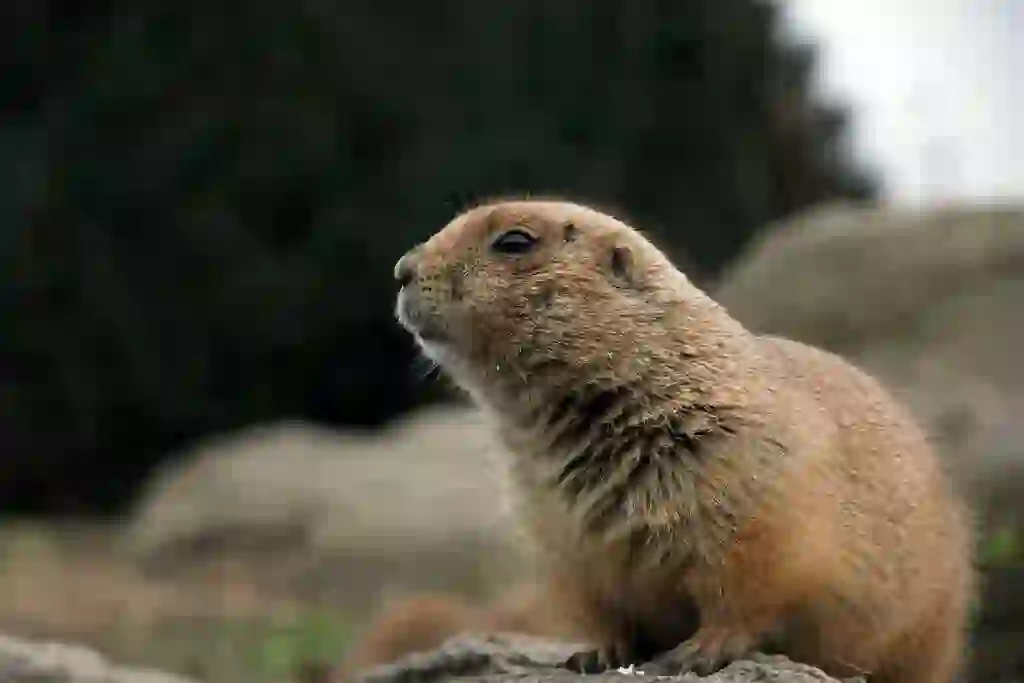
food
出典:https://pixabay.com/images/id-3114578/

出典:https://pixabay.com/images/id-5837662/

出典:https://pixabay.com/images/id-57490/
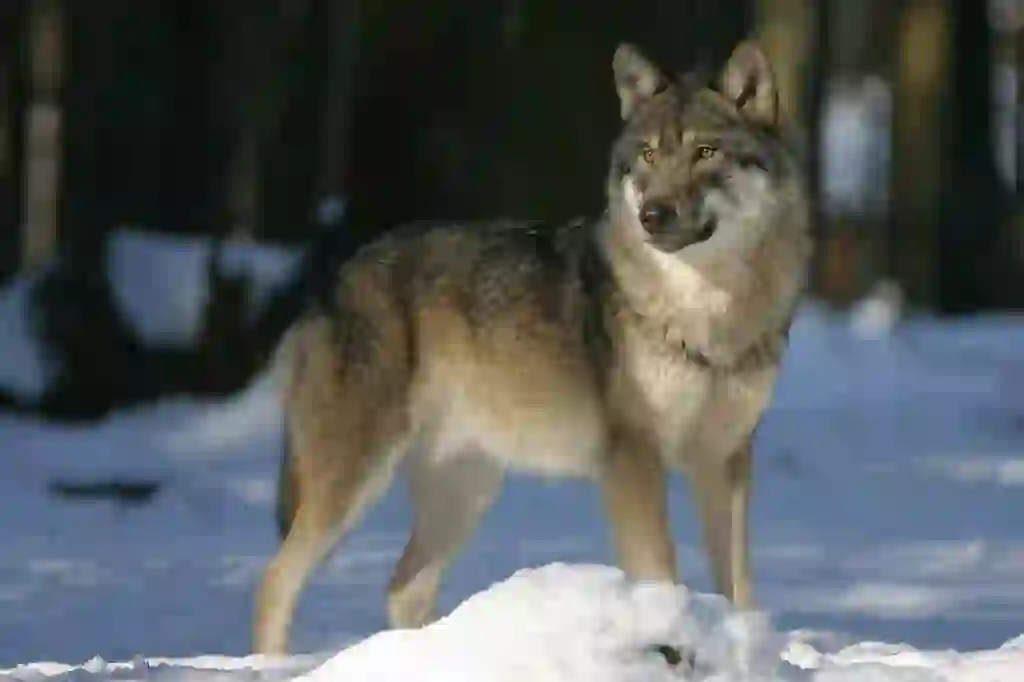
similar
出典:https://pixabay.com/images/id-725388/

出典:https://unsplash.com/photos/vCnMlf8qPFg

出典:https://unsplash.com/photos/0MI4_KrNcxU

出典:https://pixabay.com/images/id-593160/

出典:https://pixabay.com/images/id-4801260/
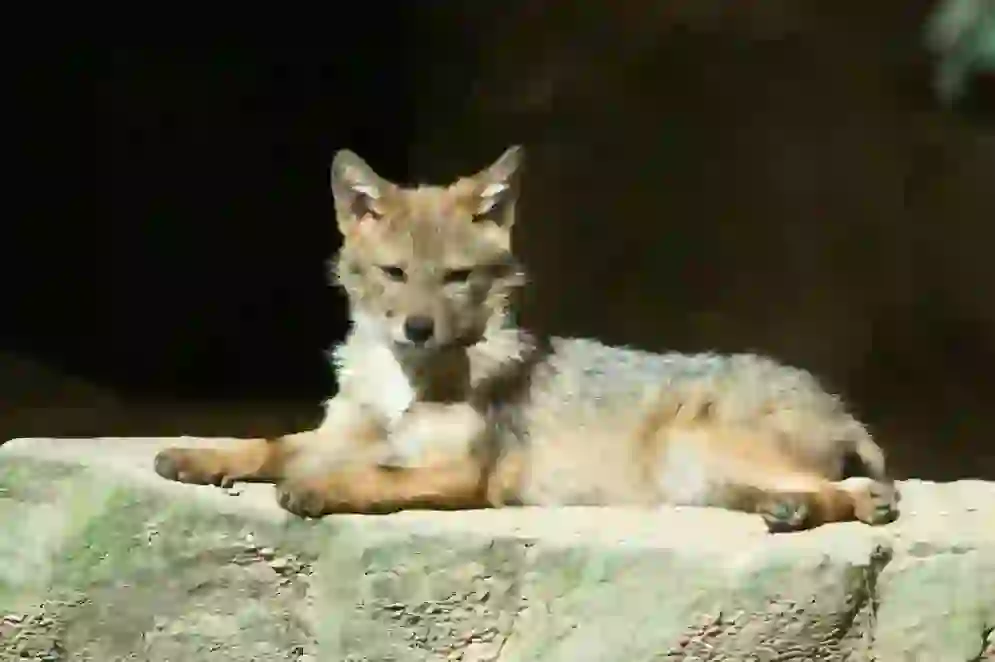
出典:https://pixabay.com/images/id-3685832/
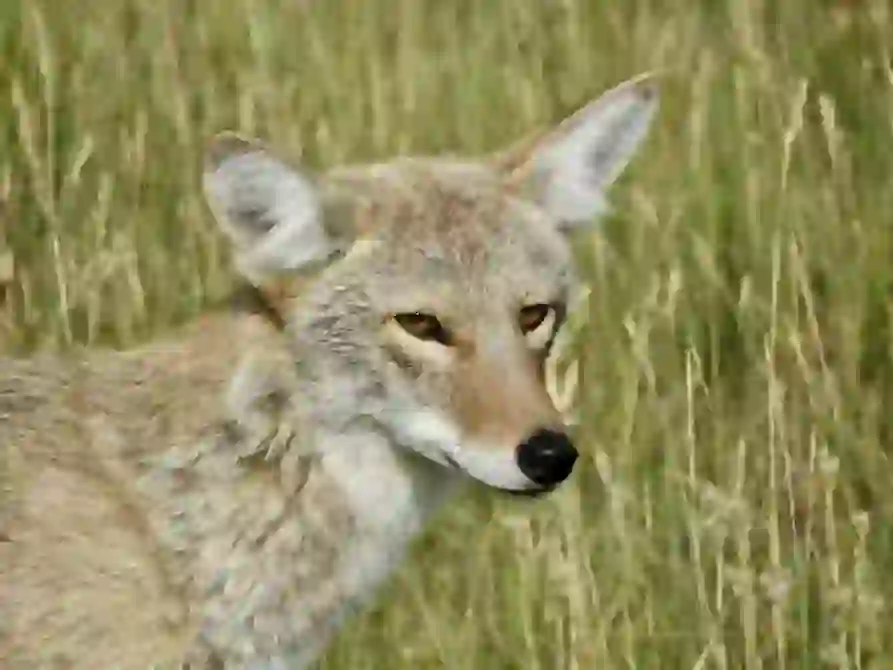
出典:https://pixabay.com/images/id-5336168/
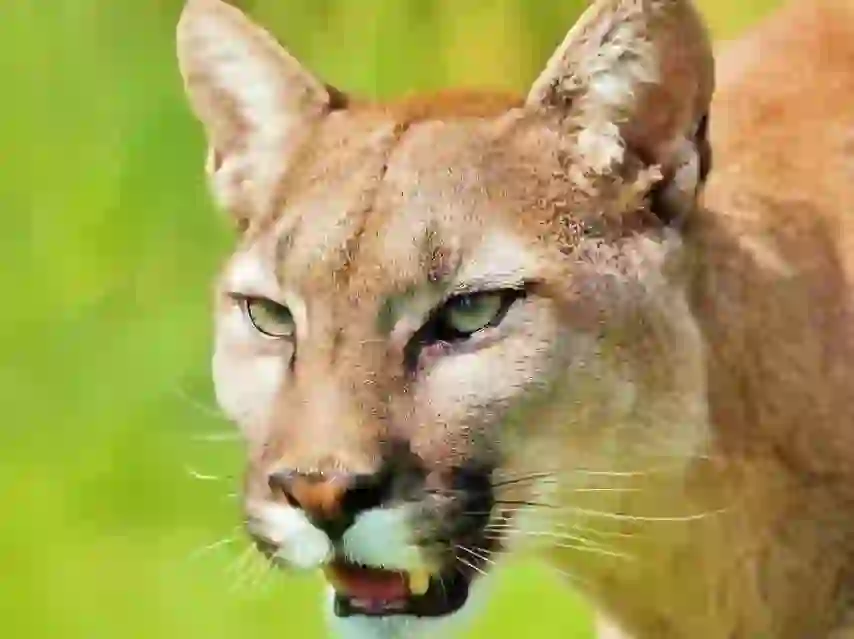
enemy
出典:https://pixabay.com/images/id-2287640/
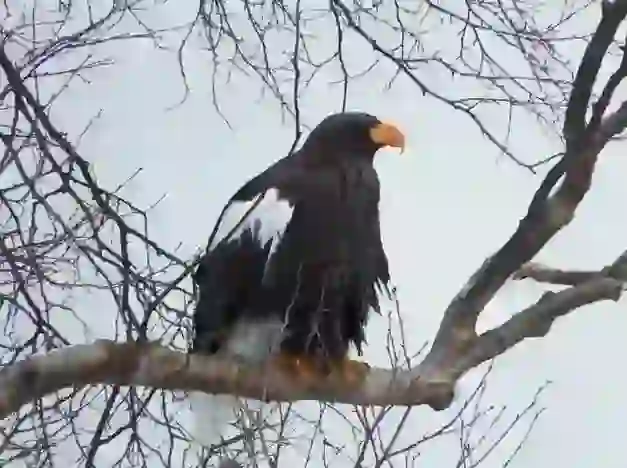
enemy
出典:https://pixabay.com/images/id-2527709/
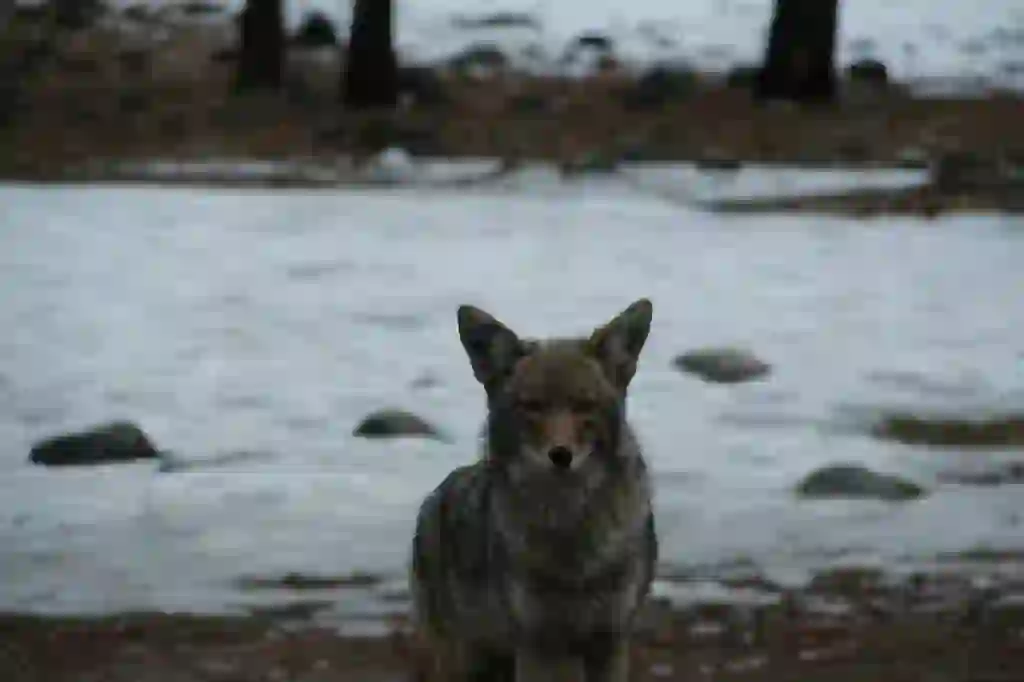
出典:https://pixabay.com/images/id-4037133/

Help Enrich Our Animalbook.jp with Your Media!
We are constantly looking to expand and enrich our Animalbook.jp with amazing photos and videos of animals. If you have any media that you'd like to share, please contribute and help us showcase the beauty and diversity of the animal kingdom. Your submissions will be credited and featured in our encyclopedia, reaching a wide audience of animal lovers.


















